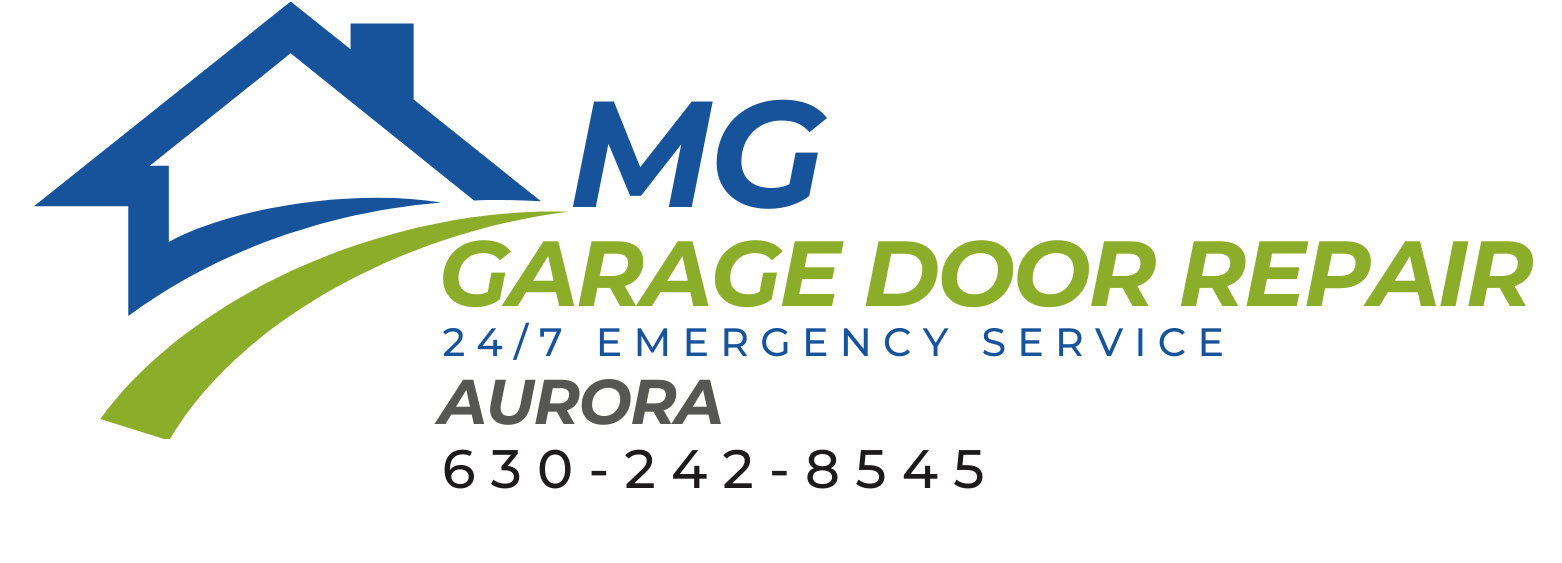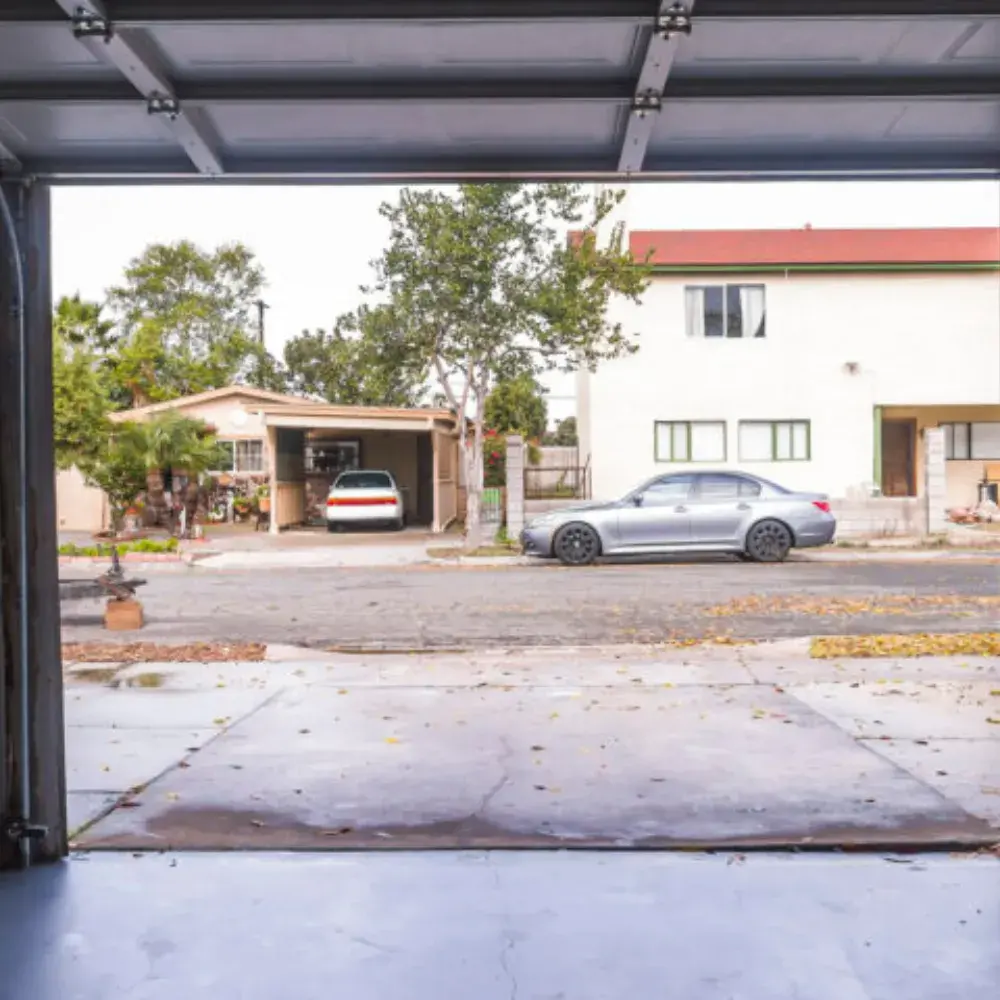Dealing with a malfunctioning garage door can be frustrating and unsafe. One common issue is the failure of the garage door springs, which play a crucial role in smoothly raising and lowering the door. Understanding the nuances of garage door spring replacement is vital for maintaining the functionality and safety of your garage door.
Understanding Garage Door Springs
Garage doors typically use one of two types of springs: torsion springs, which are mounted on the header above the door, and extension springs, which are located above the upper tracks on both sides. Each type has its own unique replacement needs and safety precautions. Recognizing the signs of wear can help you prevent failures that might lead to further damage or injury. Signs include uneven lifting, loud noises, or a door that suddenly falls shut.
Tools and Materials Needed
Before attempting to replace your springs, gather the necessary tools and materials. You will need winding bars for torsion springs or a strong cable for extension springs, a sturdy ladder, clamps to secure the door in place, adjustable wrenches, and a socket set. Safety goggles and gloves are also essential to protect against accidents.
DIY vs. Professional Replacement
While DIY spring replacement can be cost-effective, it requires a solid understanding of the mechanism and a high degree of precision. Improper installation can lead to significant damage or injury. Therefore, unless you have experience and the right tools, it is advisable to hire professionals. A professional technician can ensure that the replacement is done safely and correctly, providing peace of mind alongside the assurance of a well-functioning door.
Professional services also offer a warranty on their work, which means any post-installation issues will be addressed without additional cost. Moreover, they can inspect other components of your garage door system to ward off future problems.
Regular maintenance can extend the lifespan of your garage door springs. This includes lubricating the springs with a silicon-based lubricant to reduce friction and wear, checking the balance of the door, and ensuring that all components are tightly secured. An annual inspection by a professional can help identify issues before they escalate into costly repairs.
Replacing your garage door springs is a critical repair that needs careful attention. Whether you choose to do it yourself or hire a professional, understanding the process and requirements can help ensure that your garage door operates safely and efficiently. Be proactive about maintenance to extend the life of your door’s springs and improve overall safety and functionality.
Learn More

